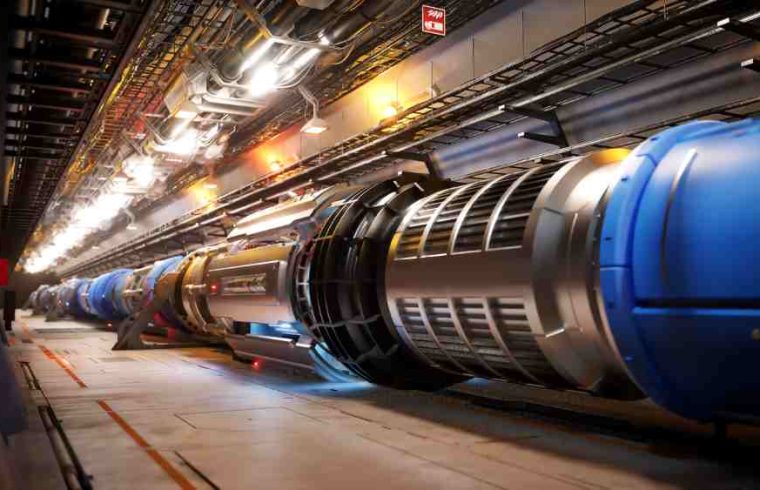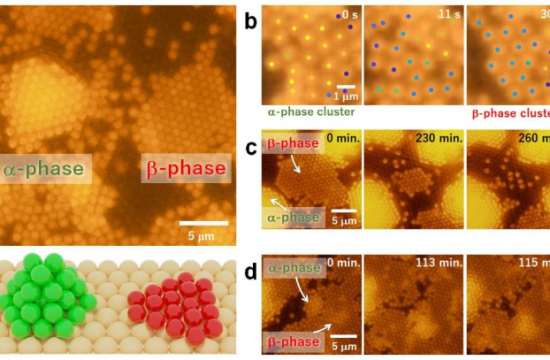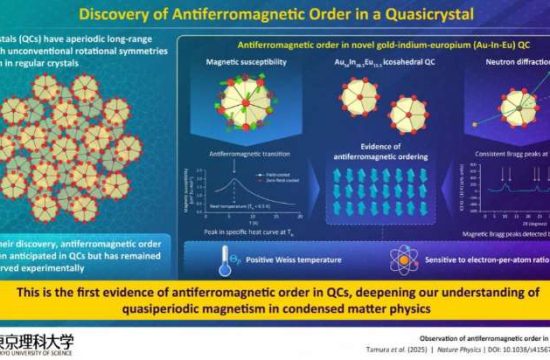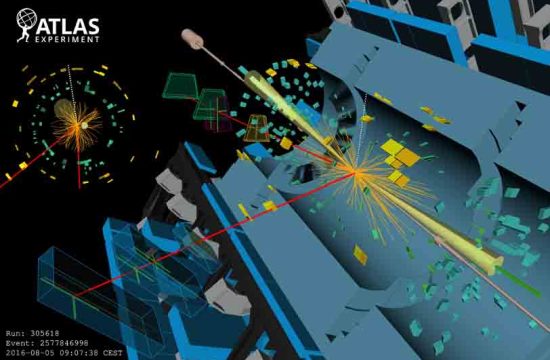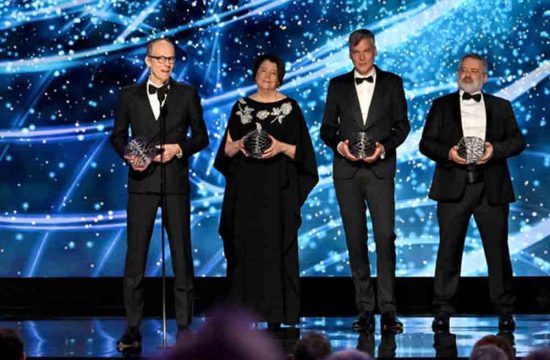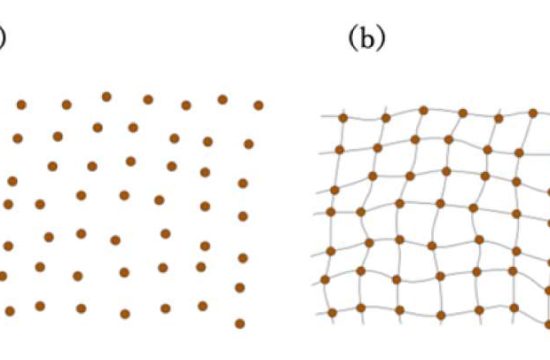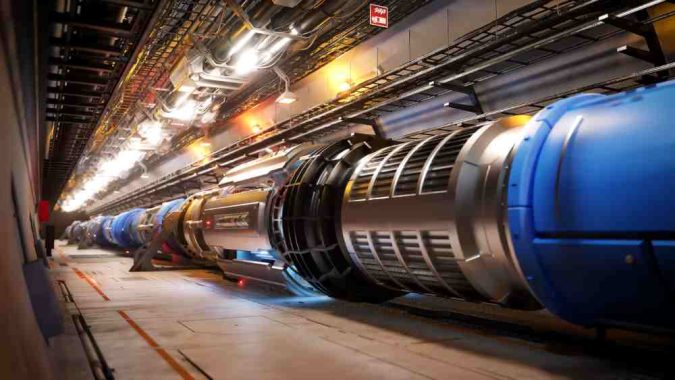
Geneva— After several years of intense work, CERN and international partners have completed a study to assess the feasibility of a possible Future Circular Collider (FCC).
Reflecting the expertise of over a thousand physicists and engineers worldwide, the report presents an overview of the different aspects related to the potential implementation of such a project.
The FCC is a proposed particle collider with a circumference of about 91 km that could succeed CERN’s current flagship instrument—the 27-km Large Hadron Collider (LHC)—in the 2040s.
Its scientific motivation stems from the discovery of the Higgs boson in 2012, along with other crucial outstanding questions in fundamental physics.
The Higgs boson is the simplest yet most perplexing particle discovered so far, with properties that have far-reaching implications for our existence. It is related to the mechanism that enabled elementary particles such as electrons to gain mass a fraction of a nanosecond after the Big Bang, allowing atoms and thus structures to form. It may also be connected to the fate of the universe and could potentially shed light on the many unsolved mysteries of modern physics.
As described in the Feasibility Study Report, the FCC research program outlines two possible stages: an electron-positron collider serving as a Higgs, electroweak, and top-quark factory running at different center-of-mass energies, followed at a later stage by a proton-proton collider operating at an unprecedented collision energy of around 100 TeV. The complementary physics programs of each stage match the highest priorities set out in the 2020 update of the European Strategy for Particle Physics.
The report covers wide-ranging aspects related to the potential implementation of such a project. These include physics objectives, geology, civil engineering, technical infrastructure, territorial and environmental dimensions, R&D needs for the accelerators and detectors, socioeconomic benefits, and cost.
The estimated cost of construction of the FCC electron-positron stage, including the tunnel and all the infrastructure, is 15 billion Swiss francs. This investment, which would be distributed over a period of about 12 years starting from the early 2030s, includes civil engineering, technical infrastructure, electron and positron accelerators, and four detectors for operation. As was the case for the construction of the LHC, the majority of the funding would come from CERN’s current annual budget.
CERN has made a commitment that any new project at the laboratory would be an exemplar of sustainable research infrastructure, integrating eco-design principles into every phase of the project, from design to construction, operations, and dismantling. The report details the concepts and paths to keep the FCC’s environmental footprint low while boosting new technologies to benefit society and developing territorial synergies such as energy reuse.
A major component of the FCC feasibility study has been the layout and placement of the collider ring and related infrastructure, which have been diligently studied to maximize the scientific benefit while taking into account territorial compatibility, environmental and construction constraints, and cost. No fewer than 100 scenarios were developed and analyzed before settling on the preferred option: a ring circumference of 90.7 km at an average depth of 200 m, with eight surface sites and four experiments.
Throughout the feasibility study process, CERN has been accompanied by its two host states, France and Switzerland, and has worked with entities at the local, regional, and national levels. Engagement processes with the public are being prepared in line with the host states’ respective frameworks to ensure a constructive dialogue with territorial stakeholders.
The report, which does not imply any commitments by the CERN Member and Associate Member States to build the FCC, will be reviewed by various independent expert bodies before being examined by the CERN Council at a dedicated meeting in November 2025. The Council may take a decision on whether or not to proceed with the FCC project around 2028.
Particle colliders play a unique role in physics exploration. They also enable the development of unprecedented technologies in many fields of relevance for society, ranging from superconducting materials for medical applications, fusion energy research, and electricity transmission to advanced accelerators and detectors for medical and many other applications.
The FCC Feasibility Study was launched following the recommendations of the 2020 update of the European Strategy for Particle Physics and will serve as input for the ongoing update of the Strategy, along with studies of alternative projects proposed by the scientific community.
The lists of the report are as follows:


